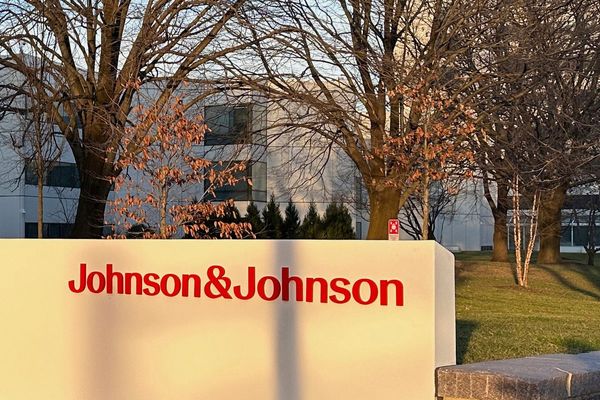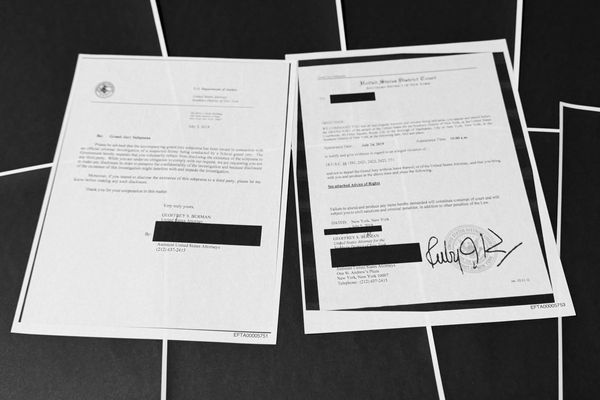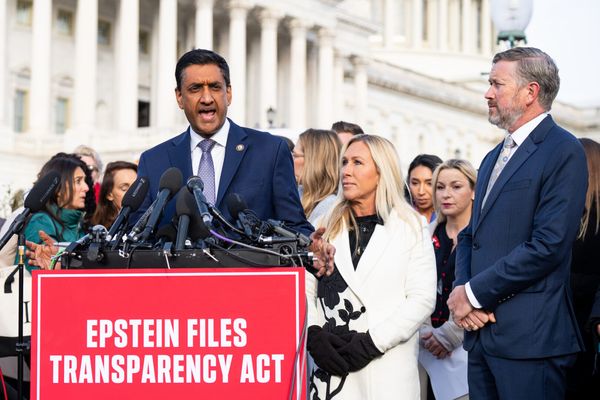
You’ve been told that a 401(k) is one of the best tools for building your retirement nest egg. And on the surface, it is: you get tax-deferred growth, potential employer matching, and an automatic way to save. But what you’re not being told by your retirement advisor, HR department, or financial institution is how much money you’re quietly losing to fees that are baked into the system.
These fees may look small on paper, but over time, they can eat away at tens, even hundreds, of thousands of dollars from your retirement savings. The frustrating truth is, many financial professionals downplay or completely gloss over these charges, either because they don’t want to complicate the conversation or because they benefit from keeping you in the dark.
If you’re contributing faithfully to your 401(k), you deserve to know the whole story. Here’s what retirement advisors still won’t admit about 401(k) fees and why ignoring them could mean working longer, retiring with less, or facing an unexpected shortfall in your later years.
What You Need to Know About 401(k) Fees
The Fees Are Often Hidden in Plain Sight
Most retirement savers believe that if their 401(k) plan doesn’t charge them directly, then they’re not paying any fees. But the truth is far more complicated. The majority of 401(k) fees are tucked away inside the investment options themselves, namely in mutual fund expense ratios, administrative fees, recordkeeping charges, and revenue-sharing agreements.
You won’t find these fees itemized on your monthly statement. Instead, they’re deducted silently from your investment returns. For example, if a mutual fund within your 401(k) earns 8% but has a 1% expense ratio, you’ll only see a 7% return. Over the decades, that seemingly small percentage difference can translate into massive losses.
Retirement advisors rarely emphasize this because talking about fee structures makes clients nervous. But being “comfortable” shouldn’t come at the cost of financial blindness.
Many Advisors Have Conflicts of Interest
Not all retirement advisors are fiduciaries, which means not all of them are legally required to act in your best interest. Many still operate under a suitability standard, meaning they can recommend funds that are merely “suitable” for your situation, even if there are cheaper or better-performing alternatives.
Why would they do this? Because those higher-fee funds often pay commissions, bonuses, or other incentives to the advisor or brokerage firm. That creates a direct conflict of interest—one that is rarely disclosed in everyday conversations with clients.
Even if you work with an advisor through your employer’s 401(k) provider, be aware: some plans use proprietary funds or bundled services that quietly benefit the provider more than the participant.
Expense Ratios May Look Small, But Compound Big
The average actively managed mutual fund inside a 401(k) has an expense ratio between 0.5% and 1.5%, while index funds may range from 0.03% to 0.20%. That may not seem like much, but over 30–40 years of investing, the difference is staggering.
Let’s say you invest $200,000 in a fund with a 1% annual fee. Over 30 years, that single percentage could cost you more than $150,000 in lost gains due to compounding losses. And if you’re in a plan that layers multiple fees—fund management, administrative, and recordkeeping—it adds up even faster.
Most advisors never provide a long-term fee impact analysis unless you specifically ask. And unless you’re fluent in financial lingo, you may not even realize you need to ask.
Your Employer’s “Free” Plan Could Be Costing You
Many employees assume that if their company offers a 401(k) plan, it must be the best option available. After all, it comes with a match, right? But just because your employer administers the plan doesn’t mean it’s well-managed or cost-effective.
Small and mid-size businesses often partner with providers who offer bundled services, and those bundles may come with expensive, actively managed funds that deliver mediocre performance. Worse, many employers aren’t financially savvy themselves and simply pick the most convenient provider, not the most transparent or competitive.
Retirement advisors working with these plans typically don’t highlight cheaper outside options, like IRAs or low-cost robo-advisors, because it keeps your money (and the accompanying fees) inside the company ecosystem.

“Free” Investment Advice Often Isn’t Free
A growing number of 401(k) plans include access to “free” financial guidance or investment advice, but what they don’t tell you is that the recommendations may be biased toward certain funds or services.
Advisors employed or contracted by plan providers often steer participants toward in-house fund options that pay higher revenue to the company. Even automated rebalancing features or managed account services may come with additional advisory fees that are buried in fine print.
So while you may believe you’re getting professional, personalized advice at no extra cost, you might actually be signing up for more fees without fully understanding the long-term impact.
There’s Little Incentive to Lower the Fees
Here’s the uncomfortable truth: unless there’s regulatory pressure or participant outrage, there’s very little incentive for retirement plan providers or the advisors attached to them to lower fees. As long as investors remain unaware or indifferent, the system continues as is.
Even fiduciary advisors working independently can be slow to spotlight these issues because it makes client retention harder. Telling someone their current plan is draining thousands over time often leads to uncomfortable questions, and for some advisors, that means risking the relationship.
Transparency is not always profitable. That’s why it’s up to you to be informed, ask tough questions, and seek out fee breakdowns on every fund and service in your plan.
Why 401(k) Fees Matter More Than Ever
With pensions becoming a relic of the past, and Social Security’s long-term future uncertain, your 401(k) may be your most important retirement vehicle. Every dollar lost to avoidable fees is a dollar that could have earned compounding interest, funded a longer retirement, or protected you from outliving your money.
And since 401(k) plans now hold more than $7 trillion in assets nationwide, even a small improvement in fee awareness could translate into billions in savings for American workers.
If you don’t know how much you’re paying or if your advisor has never shown you, there’s a good chance you’re paying too much.
The Real Cost of “Set It and Forget It”
It’s tempting to treat your 401(k) like a slow cooker: set it, forget it, and hope for the best. But what works for stew doesn’t work for retirement. Blindly trusting your advisor or plan provider to always act in your best interest is a luxury few can afford in today’s volatile economy.
Fees may not seem exciting to talk about, but over the life of your retirement plan, they’re one of the most important factors in whether you’ll have enough. And sadly, they’re still the topic most retirement advisors avoid—or downplay—unless you bring it up first.
Have you asked your advisor for a detailed breakdown of your 401(k) fees, and were you surprised by the answer?
Read More:
6 Things No One Has Told You About Your 401K That You Need to Know Now
6 Reasons Your 401K Is Losing Money and How to Stop The Bleeding







